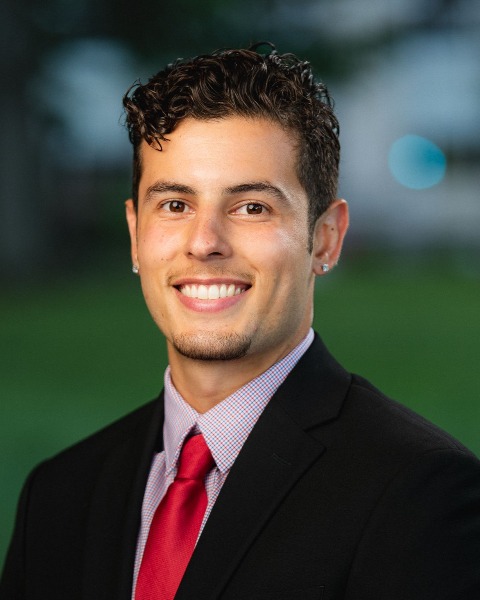Tissue Engineering
Tissue Engineering - Poster Session D
Poster BB1 - Quantifying Donor-Dependent Morphological and Functional Differences in Primary Human Muscle Cultures
Friday, October 25, 2024
3:30 PM - 4:30 PM EST
Location: Exhibit Hall E, F & G

Brandon Rios, MS (he/him/his)
Doctoral Student
Massachusetts Institute of Technology, United States- RR
Ritu Raman, PhD
Eugene Bell Assistant Professor
MIT, United States
Presenting Author(s)
Primary Investigator(s)
Introduction: Skeletal muscle is remarkable for its ability to sense and respond to external stimuli, exert forces on their surroundings, and power locomotion. In vitro models to study muscle traditionally use immortalized mouse muscle progenitors (which are not accurate representations of human systems) or human induced pluripotent stem cells (hiPSC, which lack the maturity of adult muscle tissue). Using primary muscle cells from adult human donors could provide a more accurate method of engineering tissues that model native architecture and function. Moreover, primary cells are more suitable than hiPSC for modelling diseases with unknown or multivariate genetic origin like Amyotrophic Lateral Sclerosis (ALS). Despite potential advantages of primary cell-derived muscle tissues, the long-standing issue of inter-patient variability in in vivo disease modeling remains an issue for tissues derived from primary muscle cells.
Materials and
Methods: To account for inter-donor variability and create more accurate models of human skeletal muscle disease, key morphological and functional parameters were assessed in engineered muscle derived from an ALS-diseased patient and then compared against an array of healthy controls of the same sex including age-matched (62-66 years) and younger (29-35 years) donors. Functional metrics were gathered from videos taken during electrical stimulation at specified time points during differentiation and maturation, and morphological metrics of fiber size and alignment were obtained from immunofluorescent imaging.
Results, Conclusions, and Discussions: We have made quantitative comparisons of muscle fiber length, width, and alignment (in progress, not shown here), as well as frequency-dependent twitch-response metrics such as average peak displacement, contraction time, relaxation time, and time at peak, for all healthy and diseased donors. Our work highlights a key gap in current literature by showcasing the importance of benchmarking diseased primary cell-derived muscle against an array of healthy muscle donors, rather than a single non-isogenic control, as is the current norm in the field. We aim to supplement this data with analysis of fiber type distribution within muscle (by characterizing the expression of different myosin heavy chain isoforms via qPCR) and by studying donor-specific variations in response to exercise training. We aim to share an open-source database of human muscle morphology and function across a range of donors that will empower the creation of more accurate models for high-throughput drug testing and advance mechanistic studies of neuromuscular disease.
Acknowledgements (Optional):
